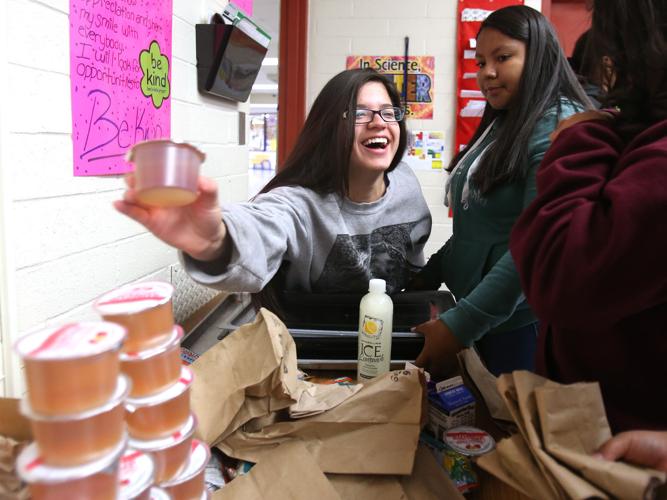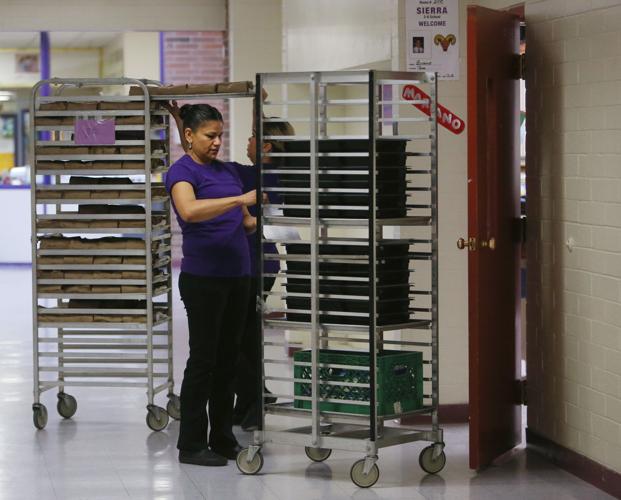A free breakfast program for elementary and middle school students in the Sunnyside Unified School District has led to a significant increase in the number of students eating at school.
The number went from 3,000 per day two years ago, to 10,000 students now, said John Oakley, the district’s director of food services. The program started three years ago as a pilot program.
Sunnyside’s universal free breakfast program delivers bagged breakfast meals to elementary and middle school students every school morning, he said. Being hungry is “not conducive to learning,” he said.
With a high number of students from low-income households, Oakley said there may be students who may not have enough food at home. “Parents can rest assured kids have something to eat in the morning,” he said.
The district uses funds it receives for the free and reduced lunch program to help pay for breakfast for all the students.
Making it free for all students has helped with the increasing number of breakfast participation, Oakley said. Some students who might have been embarrassed to go get a meal bag can now get it with the rest of the class.
Another thing that contributed to the increase is better partnerships and communication with schools and principals about their students’ needs, he said.
“We’re here to educate the kids and allow them to reach their full potential,” he said.
Sierra 2nd-8th School Principal Donna Samorano said the universal free breakfast program has been quite successful at her school.
“Now it’s become more of a community where the classroom together is eating breakfast,” she said.
The free breakfast helps especially during testing season because the school can make sure kids eat before they have to take their tests, she said.
fresh produce included
Another update in Sunnyside’s food services program is that the district received $219,500 in grant money to provide fresh fruit and vegetables to six schools.
Those schools are Drexel, Elvira, Esperanza, Rivera and Summit View elementary schools and Sierra .
That program has an educational component to it, said Oakley, the food services director.
Students are given snack-size samples of fruits or vegetables, and they learn about food and nutrition.
It’s a way to get kids to try fruits and vegetables that they may not have tried at home, said Samorano, Sierra’s principal.
Some of the examples include blood orange, rainbow carrots, Asian pears and jicama.
“It’s all about trying something different,” she said.






